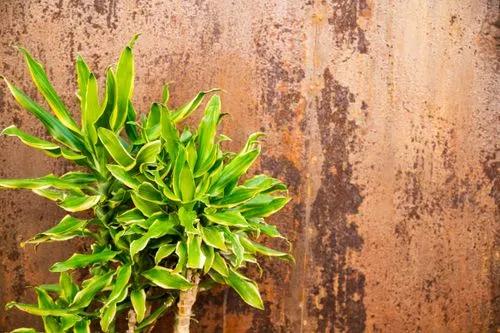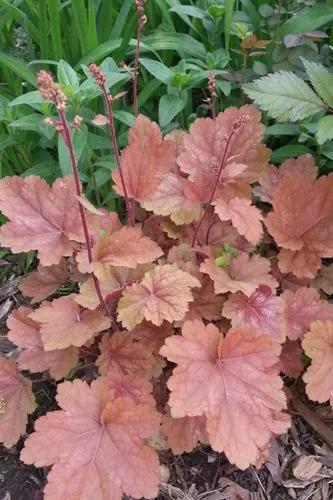An ornamental rhizomatous perennial plant 45 to 60cm tall with leathery, glossy dark green leaves. Often cultivated as an indoor plant. If there is insufficient water, this plant may lose its leaves and survive off the large potato-like rhizome until watered again.
Zanzibar Gem Care
Zamioculcas



How to Care for the Plant

Water

Thanks to their thick rhizomes, ZZ plants are extremely drought-tolerant and can handle infrequent watering. In general, ZZ plants should be watered once the soil dries out completely—usually once every week or two depending on their growing conditions. But if necessary, ZZ plants can survive months without water, so it is better to under-water your ZZ plant than to over-water it.

Pruning

Remove dry or dead leaves all year round but save any major pruning for the spring and summer months. Unlike other common houseplants, pruning a Zanzibar Gem does not promote new growth, so only remove unwanted stalks that are unattractive or have been damaged.

Fertilizer

Generally, ZZ plants do not require regular fertilizing to thrive. However, to keep the plant in optimal health, fertilize your ZZ plant with indoor plant fertilizer diluted to half-strength one to two times during its active growing season.

Sunlight

ZZ plants are tolerant of a wide range of lighting conditions which makes them well-suited to indoor growing. While ZZ plants can ‘technically’ survive without any natural light, they do best in bright, indirect light and can quickly become leggy when not given enough light. Avoid direct sunlight as this can scorch the leaves of a ZZ plant.

Soil

ZZ plants are not overly picky about their potting medium as long as it is well-draining. Most standard potting mixes should be sufficient for your ZZ plant. If additional drainage is required, mixing in perlite or sand will help.

Temperature

Average household temperatures and humidity are fine for ZZ plants. In general, ZZ plants do not tolerate cold temperatures well (no lower than 45F) so avoid placing your ZZ plant in a location close to drafts or particularly cold areas of your home. ZZ plants don't require humid conditions, but if your home runs on the dry side consider increasing the humidity around your ZZ plant by purchasing a humidifier or placing it on top of a water tray.

Container

Be sure to choose a potting container with drainage holes for your ZZ plant!

Additional

During the early 2010s, rumors circulated that ZZ plants were so toxic that they could cause cancer and that they should be avoided at all costs. While this proved to be false, unfortunately, ZZ plants are mildly toxic to both humans and pets as all parts of the plant contain calcium oxalate crystals. Symptoms of ZZ plant toxicity include irritation to the affected area and stomach upset if consumed.

Popularity

1,371 people already have this plant 270 people have added this plant to their wishlists
Discover more plants with the list below
Related articles






